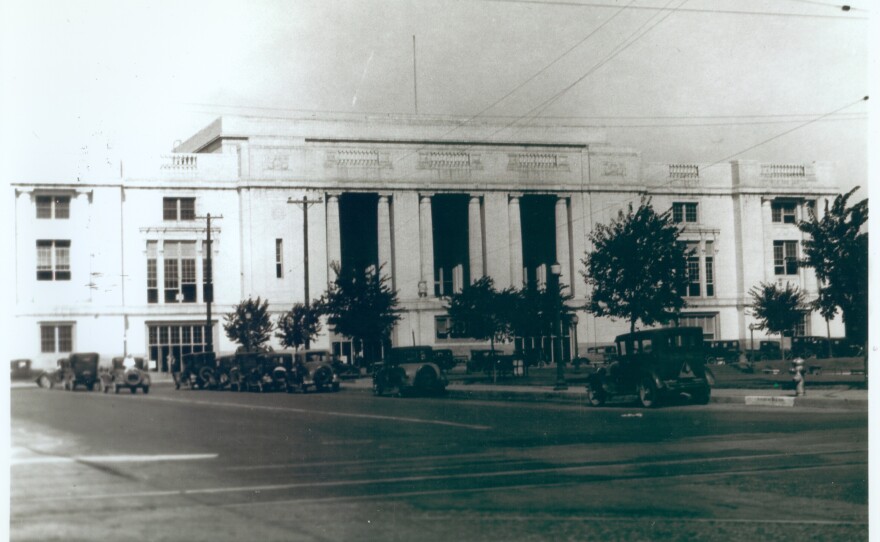Union Station in downtown Dallas opened in 1916 as a railroad hub for the city. At its peak, 80 trains passed through daily. After a brief closure in the 1970s, Union Station still services buses and rail, but it remains underused. However, things are looking up as the station approaches its 100th birthday.
It’s getting a new name - Eddie Bernice Johnson Union Station – a new streetcar line and possible subway and bullet train stops in the future.
A wild west of transportation
According to Bob LaPrelle, CEO of the Museum of the American Railroad, Dallas experienced a different kind of congestion in the early 1900s.
“We had five railway terminals instead of one,” he says. “You had to find which railroad provided which train in-and-out of Dallas depending on your destination. If you arrived here by train and you had to make a connection to another line, it could be very confusing. If you didn't live here you had to negotiate the city without knowing where all these stations were.”
The Union Terminal Company was formed to consolidate the stations into one. When it opened in 1916, Union Station boasted the Beaux-Arts architecture that was popular at the time. The grand building was meant to serve as the front-door to Dallas, though early photos show there were still cattle and hog pens in the backyard.
“It was kind of primitive down here,” says LaPrelle. “[Union Station] was a huge improvement in modern progress around a city that was still living as if it were a small town on the prairie.”

Union Station through the years
As rail became more popular, Union Station “became the center of activity in Dallas,” according to LaPrelle. Up to 80 trains a day passed through the station, and from time to time, celebrities like Jerry Lewis, Dean Martin and Elvis would pass through.
Like other public areas, Union Station had segregated facilities until 1948.

“The upstairs waiting room actually had another little ancillary room off of it called ‘The Negro Waiting Room’ and there was a separate lunch counter,” LaPrelle says.
Union Station saw a decline in ridership with the rising popularity of the automobile and air travel. The station closed in 1969, and at one point, it was used as a warehouse.
Amtrak became one of the keys to bringing back Union Station.
“Dallas didn't get immediate service right after Amtrak was created,” says LaPrelle. “It would actually be about three more years…in March of 1974.”
A rail resurgence?
Today, Union Station services Amtrak, the TRE, DART rail and buses; but it’s still not as busy as it was 60 years ago.
LaPrelle believes location has something to do with it. Union Station lies on the edge of downtown Dallas, rather than in city center like Grand Central Station in New York City. However, he’s hopeful about a resurgence in inter-city train service.
“I see it more and more becoming a transportation hub like it was originally,” LaPrelle says, touting the growth of DART, the TRE and the possibility of a high-speed rail line. “We’re at 7 million in population and that's just going to continue to grow.”
Bob LaPrelle is the CEO of the nonprofit Museum of the American Railroad in Frisco.







